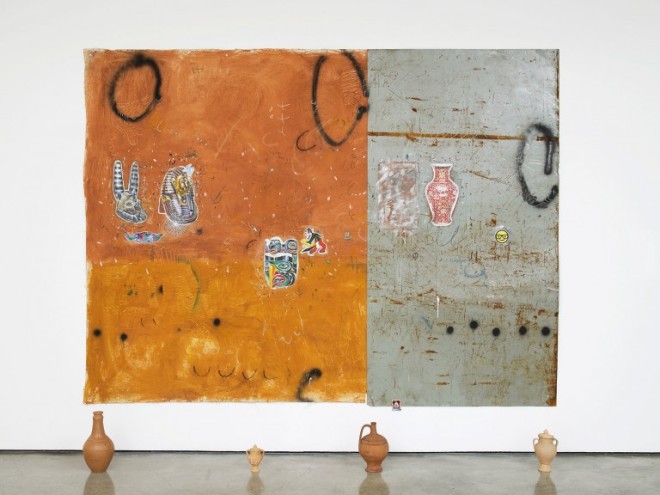I started looking at the work of Olivia Plender after a dissertation tutorial with Jon, after discussing my interest in comics and sequential narrative.
Plender uses videos, performance, architectural installations and comics to explore social movements. What struck me in particular was her use of comics and drawing, to piece together narratives. In an interview with The Guardian, she describes drawing as a ‘necessary part of the process’ for her, despite her work usually ending up in performances and installations. Her comparison of comics to film, and ‘cinematic visual language’ is an idea I had been researching for my dissertation, and one of my key points, as I delve into the visual language of comics. She says,
“One of my first influences was the work of Öyvind Fahlström, a Swedish artist who died in the early 1970s. He used comic book imagery, because he wanted to make artwork that everyone could understand. I am interested in this idea – most people do understand the imagery and the basic repertoire of signs and symbols used in comic books.”
I agree with this definition, although I cannot yet relate it to my work, it’s a way of thinking I have been exploring, and would therefore like to remember this for my future artwork.
The combination and variety drawing styles is something I would like to note as a reminder to myself: everything does not have to look as “perfect” as I’d like.


























